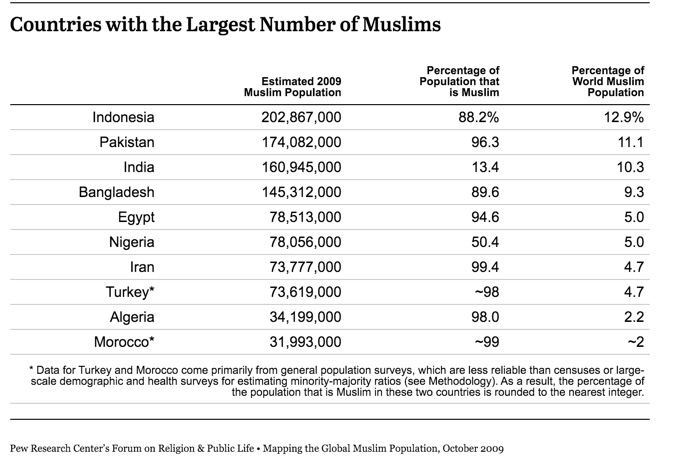![By DinajGao (Own work) [Public domain], via Wikimedia Commons](https://wp-media.patheos.com/blogs/sites/433/2016/01/Sunni-Shia_map-1.png)
Iran, a Shia country, condemned the execution and Iranians overran the Saudi embassy and set it on fire. According to the Washington Post, “Shiites around the world expressed outrage, potentially complicating a surge of U.S. diplomacy aimed at bringing peace to the region.”
This might be a good time to review with students the differences between Sunnis and Shias.
Two branches of Islam developed after the death of the prophet Muhammad. Shias, who represent the smallest group of Muslims, believe that the successor to the Prophet had to be related to Muhammad. According to this excellent BBC story, “the Shia claimed the right of Ali, the son-in-law of the Prophet Muhammad, and his descendants to lead the Islamic community.”
The Sunnis, the largest group of Muslims, do not agree. As NPR notes in this excellent story about the origins of the split, “Sunnis believed that leadership should fall to the person who was deemed by the elite of the community to be best able to lead the community.”
Sunnis represent the vast majority of Muslims in the Middle East and beyond. According to the Pew Forum on Religion and Public Life, Iran is the largest Shia country but Iraq and Bahrain also have a Shiite majority.

Here are a couple of video and audio resources that review the split. The first comes from the Council for Foreign Relations and reviews the origins of the split.
The second resource comes from NPR and also reviews the origins of the split.
Finally, here is an excellent and short review from the New York Times.












